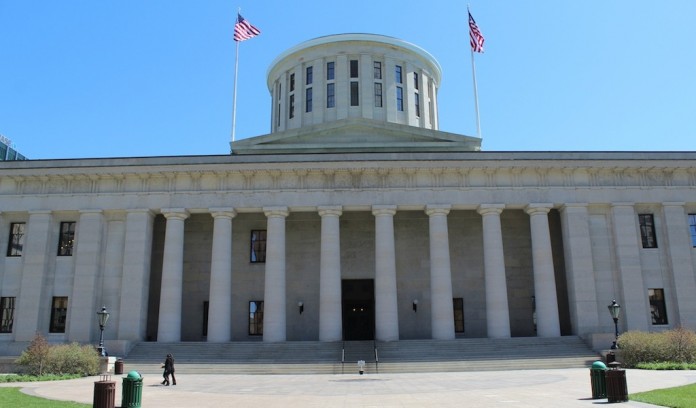SALEM, Ohio — Gov. John Kasich signed the state operating budget late Friday night, which includes the changes to the state farmland tax program that Ohio farmers and farm groups have requested for the past three years.
The reforms are intended to more closely tie farmland taxes to actual farm income, and address a formula issue that allowed farmers’ Current Agricultural Use Value taxes to spike 300 percent and higher in recent years.
Specifically, the reforms will remove certain non-agricultural factors, such as equity buildup in the capitalization rate, and will tax qualifying conservation ground at the lowest taxable value for soil types.
The Ohio House had previously approved the changes in its version of the budget bill, and the Senate gave unanimous approval in May, a separate bill known as S.B. 36.
“It’s taken three years of grassroots action to fix the flaws in the CAUV formula, and our members should be proud of this significant accomplishment,” said Ohio Farm Bureau Executive Vice President Adam Sharp, in a released statement. “We also want to thank the legislators who listened to our Farm Bureau members,” he said.
The Farm Bureau estimates that these changes, coupled with previous reforms, will result in average savings of 30 percent for 2017 reassessments.
Farmers have testified over the past three years that these reforms will help them stay on the land and continue contributing to their local economies. Some have also said that lower taxes might increase their chances of supporting local government and school levies in the future.
School funding
The loss of funding to schools and local governments was the biggest concern with making the changes in the CAUV formula. The Ohio Legislative Service Commission determined the bill could cost school districts about $18 million, and the same to local governments.
The Buckeye Association of School Administrators and the Ohio Association of School Business Officials both testified about the losses — and the likely tax shift that would result in higher property taxes for residential property owners.
The reforms will be phased-in over two reassessment cycles (six years), which will give schools and local communities more time to adjust.
Local governments
The other big budget issue farmers were watching is the way counties receive funding from a Medicaid-related sales tax that was set to expire. This potential loss of funding could impact OSU Extension, Soil and Water Conservation districts, and other county-level services.
The County Commissioners Association of Ohio had sought a six-year replacement for counties and transit authorities, valued at $207 million a year.
According to The Cleveland Plain Dealer, Kasich has vetoed that item, in favor of some one-time money for local governments. The paper reports that the GOP-controlled House and Senate could return next week to override any of the vetoes.
Related coverage:
- Ohio budget countdown concerns farm groups (June 29, 2017)
- CAUV reform gets another Senate nod (June 22, 2017)
- More parties call for CAUV reform (March 3, 2017).
- Ohio Legislature again weighing CAUV reform (Feb. 24, 2017)
- Ohio Legislature punts on CAUV tax reform (Dec. 2, 2016).
- CAUV bills on hold in House and Senate committees (May 23, 2016).
- Ohio House committee hears CAUV testimony (May 4, 2016).
- County auditors and farmers testify on CAUV bill (April 29, 2016)
- High real estate taxes pressuring woodland owners and farmers (April 26, 2016).
- First proponent hearing on the Senate CAUV bill (April 12, 2016).
- Ohio lawmakers seek additional CAUV changes (November, 2015).
- Landowners sue Ohio over CAUV calculation (June, 2015).










